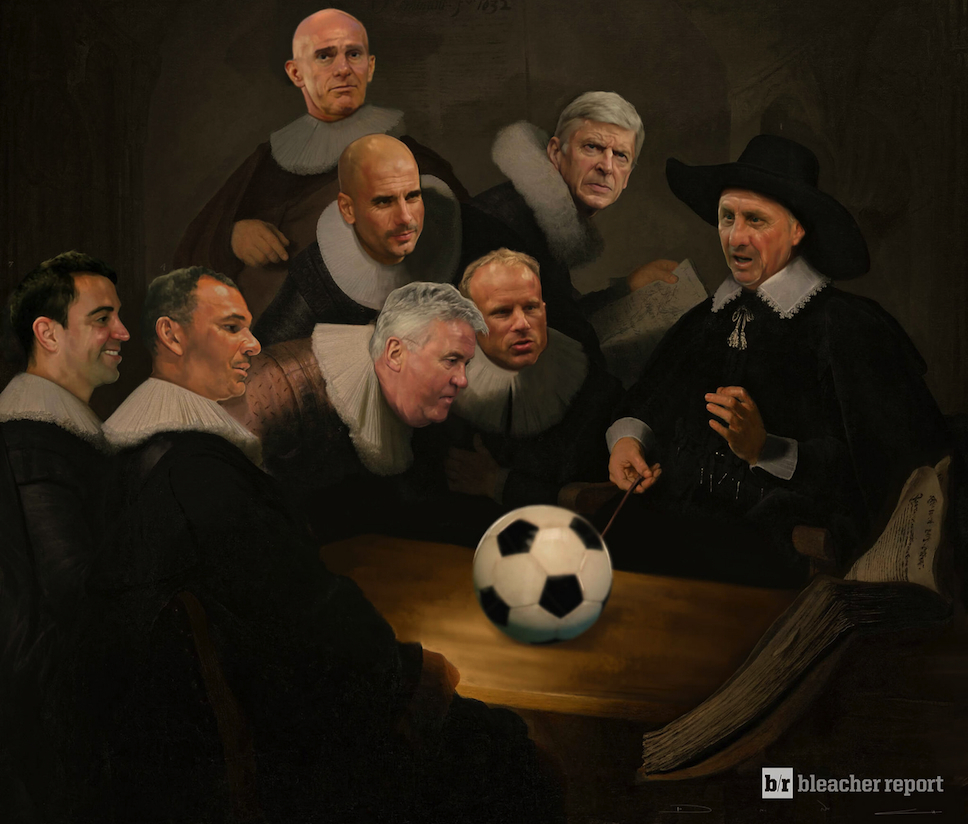
A couple of weeks ago, I was mired in grading final papers and exams when I received the first student emails about my “Global Soccer” online summer course.
“Professor,” an eager young man wrote, “I’m really excited about taking your soccer class and want to get an early start.” His enthusiasm, while obviously welcome, also raised my anxiety level. He had inadvertently reminded me that the time had come to complete the “drafty” syllabus and to quickly finish marking and submit my final grades.
A few double sessions later, the seven-week introductory course was ready to go. Using Michigan State’s D2L learning management system, students explore the relationship between soccer and social change.
A mix of academic and popular readings, lecture videos, and films take them swiftly across continents. We look at a number of topics and case studies, including: ancient ball games and the rise of association football; fan cultures and stadium disasters; the men’s and women’s game in the U.S.; soccer and politics in Brazil and Argentina; Africa’s role in globalizing the game; and the FIFA World Cup “in sun and shadow” (to borrow from Eduardo Galeano). Special attention is paid to how soccer relates to power, economic interests, and issues of race, ethnicity, class, gender, community, and nation.
When the course kicked off yesterday, enrollment had reached 150. A very healthy number! Thankfully, I have three excellent graduate assistants helping me manage the workload.
My soccer tribe (Desmond Morris docet) is made up of students drawn from 49 different majors. Business majors lead the pack (27% of the total), followed by advertising, kinesiology, human biology, geography, and chemical engineering. Smaller cohorts come from computer science, education, economics, accounting, journalism, electrical engineering, prenursing, psychology, dietetics, and packaging. Finally, there is an intriguingly long list of “lone wolves” from physics, linguistics, studio art, prelaw, neuroscience, horticulture, and more. In other words, our virtual classroom in many ways resembles a stadium crowd: a broadly representative snapshot of the larger community.
It probably doesn’t hurt enrollment that 2018 is a World Cup year and that I am teaching this course for a sixth consecutive year. Still, the overwhelming majority of students are taking it because they need the 4 General Education credits to satisfy university requirements. It helps to have an unconventional topic and the online format is also appealing. Students away from campus can continue making progress towards a degree while also working summer jobs, traveling, or simply filling time between marathons of Fortnite and FIFA 18 (the best-selling sports video game in the United States).
As an historian, I find it consistently invigorating to venture outside my disciplinary comfort zone and interact with different types of students. It’s an antidote to pedagogical predictability and stagnation and one of the main reasons why I genuinely enjoy teaching General Education classes. Even in summer!
Categories
3 replies on “Teaching Soccer Online: 2018 Edition”
Curious to hear how he course is structured. Would love to see the syllabus, etc. Guessing MSU’s D2L is like Blackboard. More I think about it, the more I wish I was taking this course! Enjoy!
David, I’ll email you the syllabus.
Hey, this also made it to the MSU TODAY website:
https://msutoday.msu.edu/360/2018/peter-alegi-teaching-soccer-online/?utm_source=weekly-newsletter&utm_medium=email&utm_campaign=standard-promo&utm_content=image&id=1900a5cbb329e2e0a3198202dfe23f41